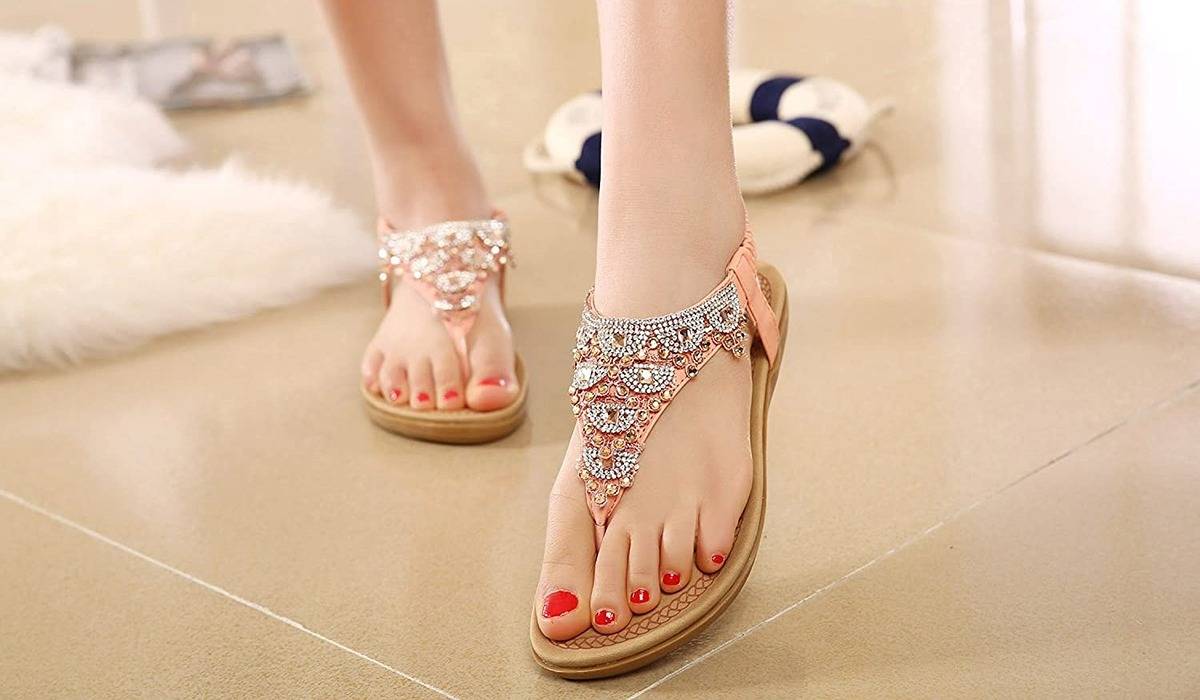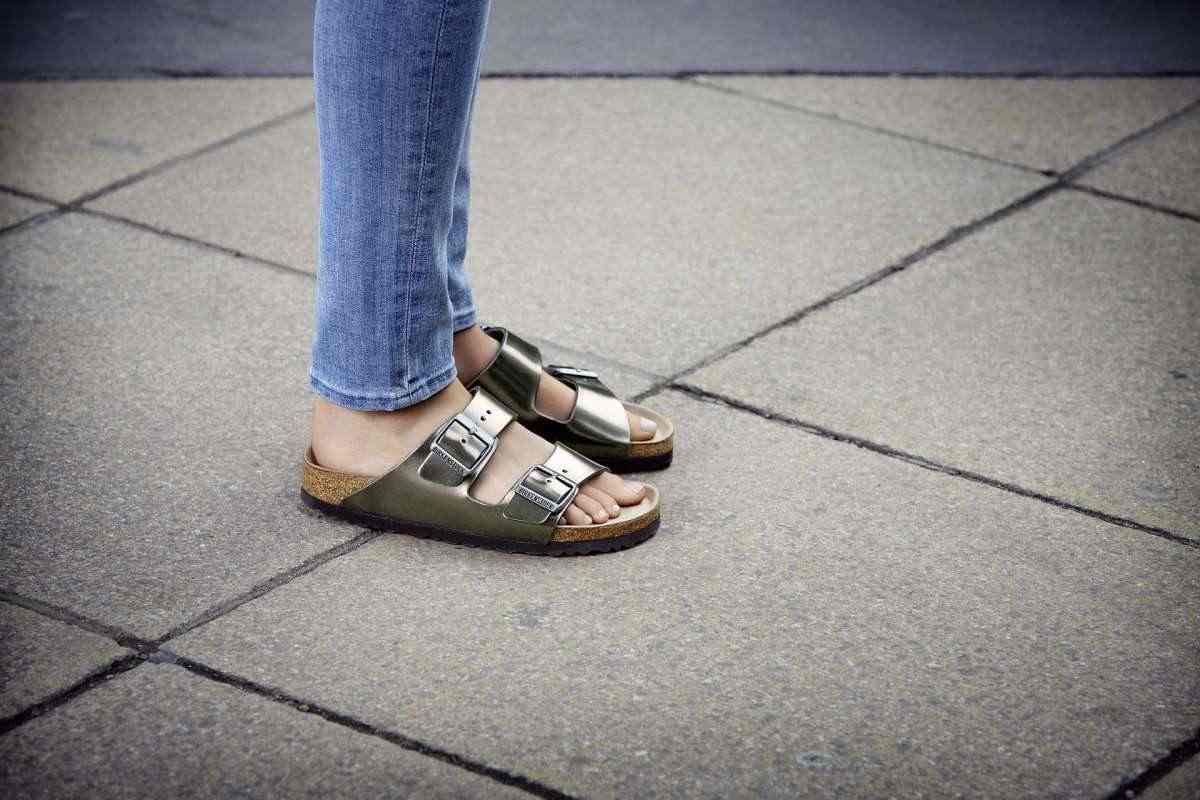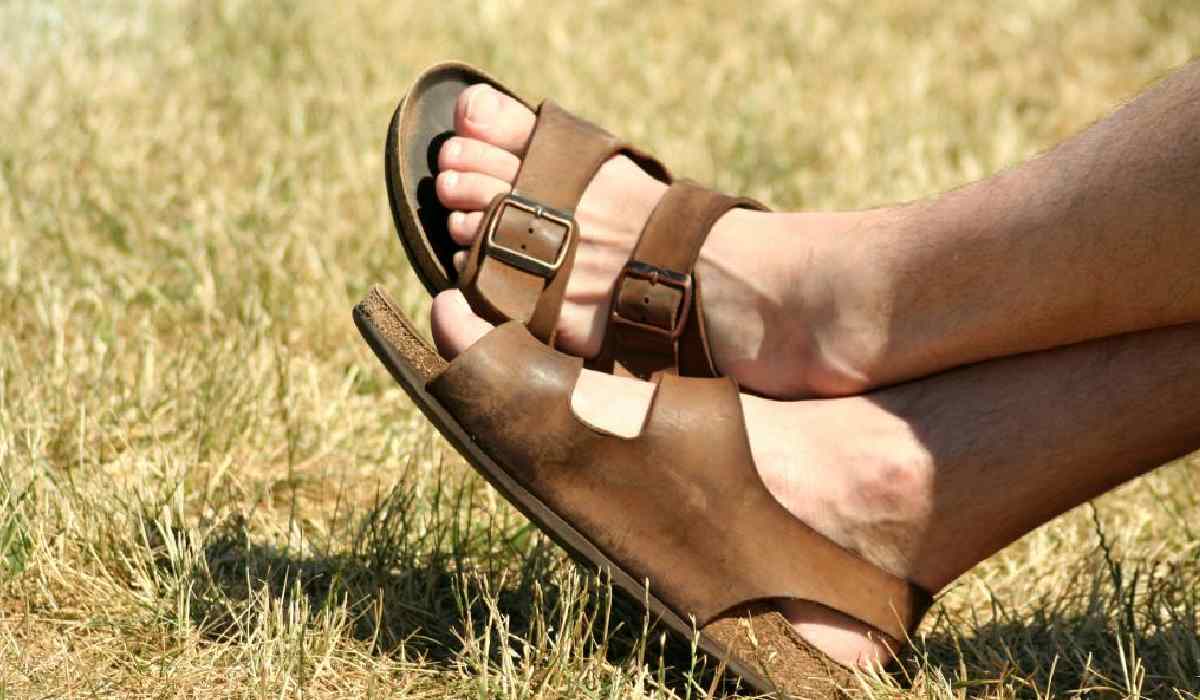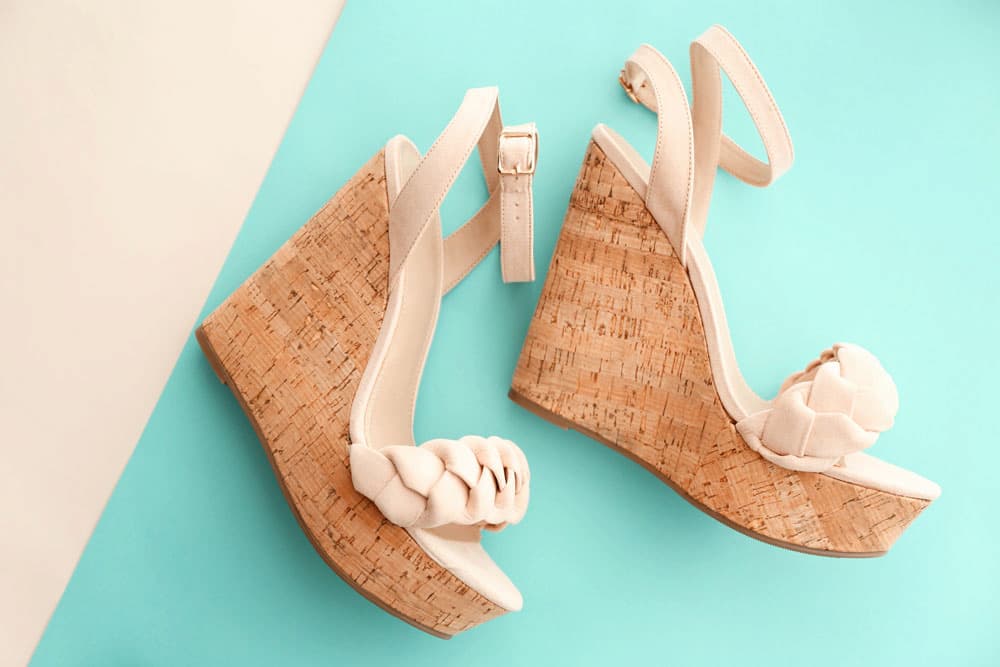If you had not heard (and you should have by now), the new standard for summer slippers is closed sandals, mules, and plastic clogs.
This should come as no surprise. “But will we be able to walk around in our house slippers?” » These are questions that lace-up shoe fans always ask, but fortunately they are ignored.
It is extremely unlike us to act as gatekeepers and look down on shoes that require lacing up. Those who have experienced the excitement of mules, on the other hand, are privy to information that the public is unaware of. Some distinctions need to be made here in this article.
we use the term “mules” as an umbrella term to describe anything ranging from actual mules, which have a bit of a heel but no platform, to clogs that have a platform but no heel, all the way across slippers, slides, sabots, backless slip-ons, and so on and so forth. This includes actual mules.
The experience is the same regardless of how the shoe appears on the outside. A shoe does not have laces, is wearable without the need for specific mechanical operations, and is extremely similar to a slipper but is not as delicate or cozy as a slipper.

There are purists who maintain that a true mule does not have anything wrapped around the heel, but we might be able to find a reasonable compromise if we say that the mule never has an upper that wraps around the entire foot. This would allow some mules to have an element of convenience that holds the heel in place.
There is not a ton of complexity involved in wearing mules and clogs; in fact, the styling pretty much takes care of itself. Nonetheless, there are some precautions you should take to avoid fashion faux pas that will ruin your look. After all, as the old adage goes, “the devil is in the details.”
[citation needed] The following is a list of the five specifics that you must never, ever, under any circumstances, miss paying attention to.
Not wearing socks while wearing rubber clogs: There is always going to be something unsettling about the concept of putting your bare skin in close proximity to a synthetic surface when the temperature outside ranges from twenty-five to thirty-five degrees Fahrenheit.

Since we are all human, it should come as no surprise that we sweat. If the clog is made of leather, suede, canvas, straw, or any other organic and even remotely breathable material, you are excused; after all, it is the well-known “Riviera” aesthetic, and a little bit of scruffiness is the rule.
Put on a pair of matching socks, and you will be as cool as a cucumber even if you are wearing rubber or plastic clogs. There is no point in roasting your extremities in that synthetic furnace if you are already wearing rubber or plastic clogs.
2 – Unusual color combinations: It is possible to adore mules and clogs while simultaneously acknowledging that, as footwear, they are somewhat on the edge. Because of this, it is vital that you avoid making them the primary focus of your overall appearance.
The already somewhat childlike and naive form of a mule or clog does not benefit from the addition of crazy and colorful colors.
It is best to focus on neutral or otherwise muted colorways to avoid looking like someone who stole their shoes from a six-year-old; your flair should come through in the silhouette selection and overall styling. Keep in mind that they are footwear and not signage.

3- Pairs of socks with poor aesthetics: Even though wearing socks with mules or clogs is frequently frowned upon (see the previous sentence for more information), it is sometimes appropriate to do so.
Let us not beat around the bush: a resounding “no” to visible “invisible socks” as well as socks featuring unique patterns and intricate micro-designs.
The sock should be made of terrycloth, it should reach approximately the middle of the calf, and it can be colored, but the color should never be more than one shade of the same hue.
Additionally, the sock should not be in stark contrast with the other colors that you are wearing the vast majority of the time.
4 – Wearing clogs with business attire: The juxtaposition of a dressy outfit with such sporty shoes is as strange as it has always been, even if we live in a world where it is no longer cool to wear sneakers with a suit to the same extent that it was cool in 2016.
There is no question that this discussion pertains to the more athletic clogs as opposed to mules, which can unquestionably be more dressy despite the fact that they are still quite casual.

You should not try to imitate Nicholas Braun (also known as Cousin Greg to those who are more experienced) at the 2020 Emmys by wearing a formal dress with clogs, nor should you try to imitate Kanye West by wearing Birkenstock Boston Clogs with a navy blue suit. Both of these looks are not acceptable.
5 – The Effect of the Ballerina: The dreaded “ballerina effect” happens when the sole of the mule or clog is so thin that it makes the wearer look as if they are not separated from the ground, imposing a duck-like gait, almost as if they were scampering around.
This can be avoided by selecting a shoe with a thicker sole. As was mentioned earlier, the thickness of the sole is what distinguishes a clog from a mule.
This is true regardless of the model that is selected; however, the thickness of the sole will always be present to some degree.
The flaw is even more noticeable when the shoe being worn is a very low canvas slip-on or even the classic house slipper, both of which are styles of footwear that many famous people on the West Coast like to put on when they want to appear carefree.
It is understood that the style choice is not among the best ever made for either stars or the rest of the population of the planet.



